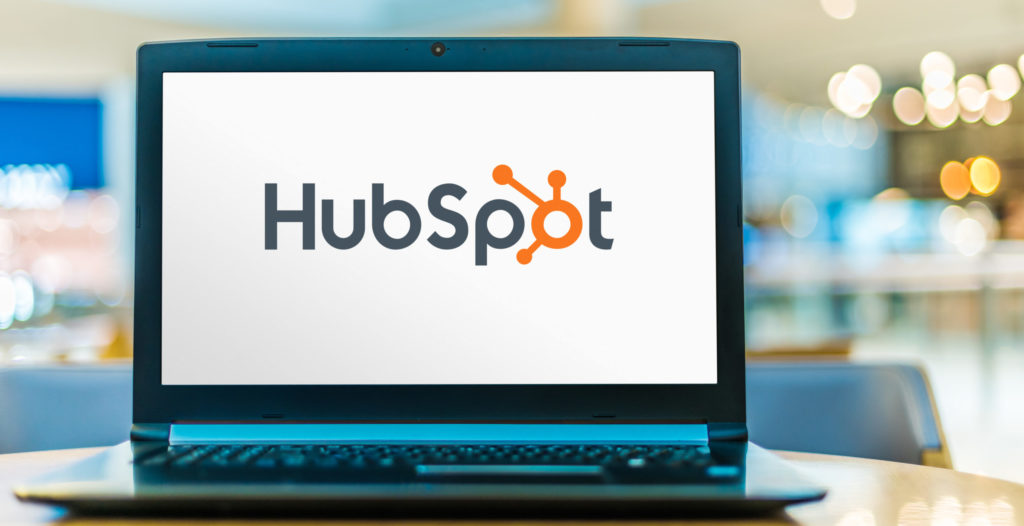Merging Inbound Marketing With PPC Marketing to Maximize Your Conversions
What is PPC in marketing and how does it relate to SEO?
When businesses first come to us, they often believe paid ads and SEO are two entirely separate marketing functions. While many marketing guides and companies treat the two elements as separate entities, the most effective marketing campaigns use them in tandem.
In this blog, learn how you can incorporate PPC marketing in your inbound marketing to maximize your leads and conversion rates.
Paid Ads and the Buyer’s Journey
Before we began incorporating paid ads into our inbound marketing techniques, we set up ad campaigns through Adwords. In Adwords, you can see if a given ad generated traffic that directly led to conversions. While that data is better than knowing nothing, we were in the dark regarding data on the buyer’s journey.
To understand where people are in their buyer’s journey, you need to incorporate inbound marketing with your paid ads.
For example, say we had a lead named Bob Smith who clicked on one of our ads. The ad attracted him to our website, where he engaged with our content. Based on the stage of the buyer’s journey that the content appealed to, Bob unknowingly revealed where he was on his journey. With the information provided by Bob and what stage of the buyer’s journey he was on, we started to drip market to him. Bob eventually decided that we were a good fit for his needs and converted from a lead to a customer.
In other words, paid ads can be much more than portals to your products or services page. Instead, treat paid ads as a way to attract leads to your website, where you can pull them into your marketing automation and convert them into customers.
Tracking Paid Ads Through Inbound Marketing Software
 As mentioned above, you should treat ads and PPC marketing as a gateway for leads to enter your inbound marketing automation system. Therefore, simply tracking ads in terms of clicks and direct conversions does not cut it. Instead, you also need to know what ads lead people into different parts of your marketing automation system.
As mentioned above, you should treat ads and PPC marketing as a gateway for leads to enter your inbound marketing automation system. Therefore, simply tracking ads in terms of clicks and direct conversions does not cut it. Instead, you also need to know what ads lead people into different parts of your marketing automation system.
Luckily, high-quality marketing automation platforms such as Hubspot already have that utility built into their services. With Hubspot, you can keep track of the:
- Types of ads you are running at that time.
- Websites your ads appear on.
- Traffic your ads generate.
- Amount of interaction your ad-generated traffic has with your inbound marketing system.
Without a service like Hubspot that merges all of your PPC marketing data in one place, you would be trying to track your ad’s inbound marketing performance across many spreadsheets and third-party websites that only complicate matters and invite error.
Tailoring Ads to People in Different Stages of the Buyer’s Journey
Before merging paid ads with inbound marketing, many people only think about ads for their lead generation ability. In reality, ads can perform many functions throughout different stages of the buyer’s journey once leads are in your marketing automation system.
For example, if we wanted to sell laptops using a combination of paid ads and inbound marketing, we would tailor ads differently to cater to the awareness, consideration, and decision stages of the buyer’s journey. Our ads would communicate that laptops are far superior to desktops for people who are always on the go in the awareness stage. In the consideration stage, our ads would focus on answering the following questions from the buyer’s point of view:
- Is a laptop a good fit for my lifestyle?
- What are the features and benefits of laptops?
- Does it solve issues I currently face or make my life easier?
Finally, customers have decided that they want to purchase a laptop in the decision stage, but they do not know what kind of laptop to buy. Therefore, ads in the decision stage should show why our laptops are superior to other laptops to encourage customers to come to us instead of our competitors. As you can see, using paid ads in tandem with inbound marketing allows you to have ads that match the stages of the buyer’s journey.
Marrying Paid Ads and Inbound Marketing in Your Business
 Without a doubt, paid ads need to have a place in your inbound marketing campaign. If you don’t use the two marketing approaches in tandem, your business will miss out on benefits such as:
Without a doubt, paid ads need to have a place in your inbound marketing campaign. If you don’t use the two marketing approaches in tandem, your business will miss out on benefits such as:
- Highly targeted leads funneled into your marketing automation system.
- Better and more complete data about ad performance.
- Targeted ads that incorporate elements of the buyer’s journey.
While using PPC marketing and inbound marketing together is highly effective, it is no easy task. Not only do you need to design ads for each element of the buyer’s journey, but you also need to build the inbound marketing automation backbone. Without a solid foundation, your business’s marketing will never reach its full potential.
Hiring the kind of marketing expertise that can build you that backbone, however, and execute every step of the marketing process after that, is expensive. Instead of hiring a team of full-time marketing employees, we recommend that you use a team-based approach for your marketing needs. With a team-based approach, you get all the benefits of a team of experienced full-time marketers while saving at least 40%.
If you want to learn more about incorporating paid advertising into your inbound marketing through a team-based approach, click here to read the ultimate beginner’s guide to pay-per-click advertising.
